Reaching the fork in the road
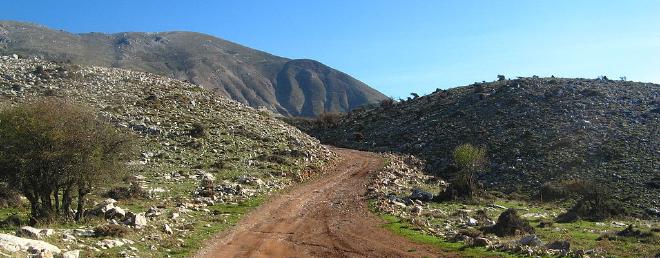
Table of Contents
Walt Disney said it best:
We keep moving forward, opening new doors, and doing new things, because we’re curious and curiosity keeps leading us down new paths.
The world of technology is all about change. We tear down the old things that get in our way and we build new technology that takes us to new heights. Tearing down these old things can often be difficult and that forces us to make difficult choices.
Rackspace has been a great home for me for over 11 years. I’ve made the incredibly difficult choice to leave Rackspace on March 9th to pursue new challenges.
Humble beginnings #
I came to Rackspace as an entry-level Linux administrator and was amazed by the culture generated by Rackers. The dedication to customers, technology, and quality was palpable from the first few minutes I spent with my team. Although I didn’t know it at the time, I had landed at the epicenter of a sink-or-swim technology learning experience. My team had some very demanding customers with complex infrastructures and it forced me to take plenty of notes (and hard knocks). My manager and teammates supported me through it all.
From there, I served in several different roles. I was a manager of technicians on a support team and had the opportunity to learn how to mentor. One of my favorite leaders said that “good managers know when to put their arm around to people and when to put a boot in their rear.” I reluctantly learned how to do both and I watched my people grow into senior engineers and great leaders.
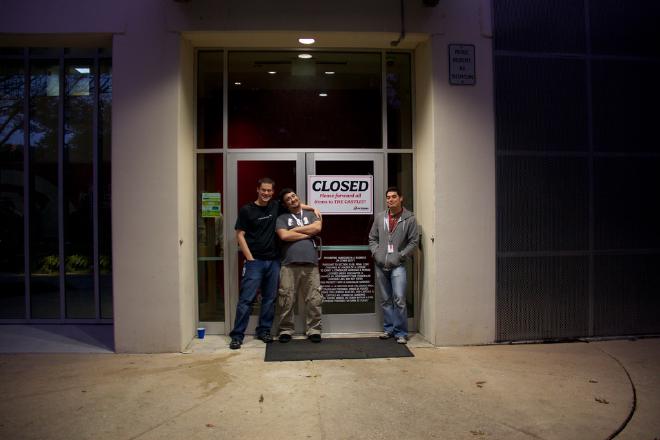
I was pulled to Mosso, Rackspace’s first cloud offering, shortly after that and discovered an entirely new world. Rackers force-fed me “Why’s (Poignant) Guide to Ruby” and I started building scripts and web front-ends for various services. Rackspace acquired Slicehost after that and I jumped at the chance to work as an operations engineer on the new infrastructure. That led to a lot of late nights diagnosing problems with Xen hypervisors and rails applications. I met some amazing people and began to realize that St. Louis has some pretty good barbecue (but Texas still has them beat).
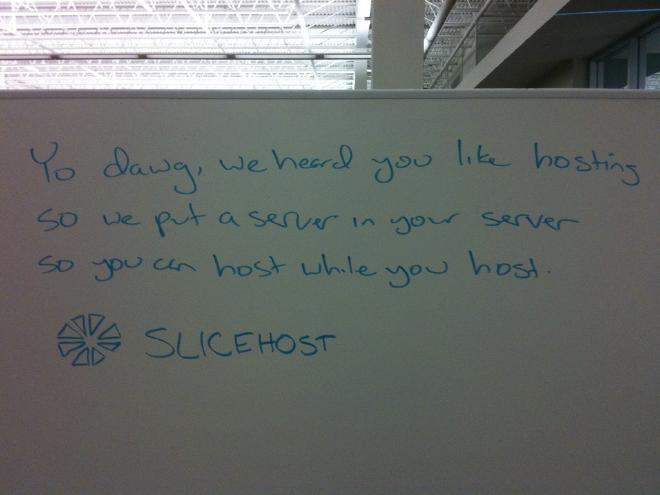
Not long after that, I found myself managing an operations team that cared for Slicehost’s infrastructure and Rackspace’s growing Cloud Servers infrastructure. OpenStack appeared later and I jumped at the chance to do operations there. It was an extremely rough experience in the Diablo release, but it taught me a lot. My start with OpenStack involved fixing lots of broken Keystone tests that didn’t run on Python 2.6.
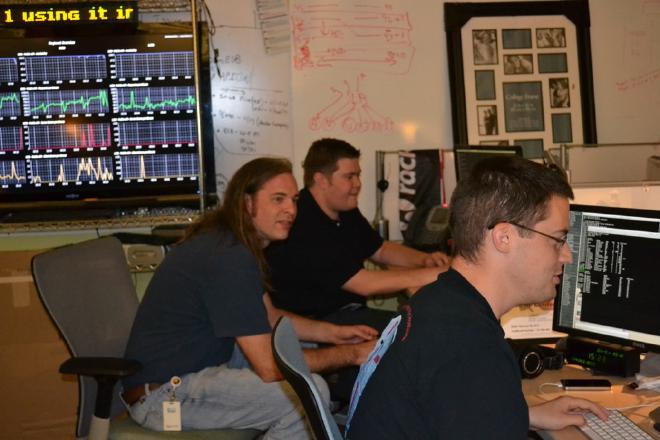
If you’ve attended some of my talks on impostor syndrome, you may know what came next. We had a security issue and I sent some direct feedback to our CSO about how it was handled. I expected to be told to “pack a box” after that, but I was actually asked to lead a security architecture team in the corporate security group. It was definitely a surprise. I accepted and joined the team as Chief Security Architect. My coworkers called it “joining the dark side”, but I did my best to build bridges between security teams and the rest of the company.
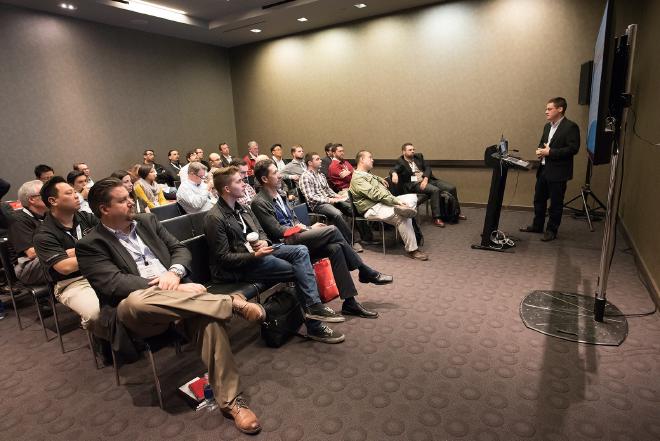
This role really challenged me. I had never operated at the Director level before and our team had a ton of work to do. I found myself stumbling (and floundering) fairly often and I leaned on other leaders in the business for advice. This led me to take some courses on critical thinking, accounting, finance, and tough conversations. I’ve never had a role as difficult as this one.
Our cloud team came calling and asked me to come back and help with some critical projects in the public cloud. We worked on some awesome skunkworks projects that could really change the business. Although they didn’t get deployed in one piece, we found ways to take chunks of the work and optimize different areas of our work. An opportunity came up to bring public cloud experience to the private cloud team and I jumped on that one. I discovered the awesome OpenStack-Ansible project and a strong set of Rackers who were dedicated to bringing high-touch service to customers who wanted OpenStack in their own datacenter.
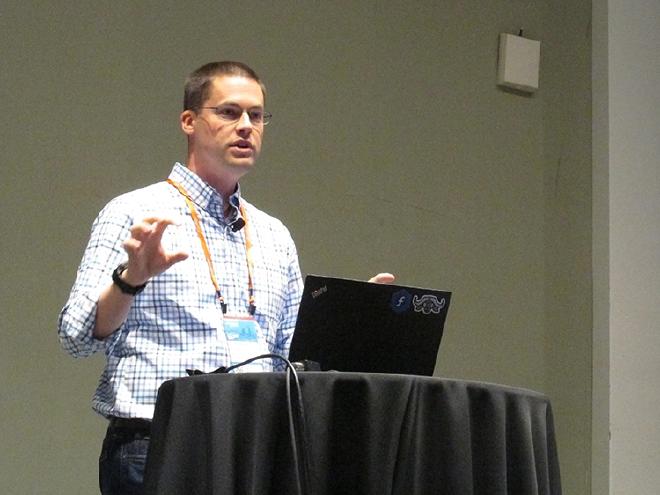
During this time, I had the opportunity to deliver several conference talks about OpenStack, Fedora, security, and Ansible. My favorite topic was impostor syndrome and I set out on a mission to help people understand it. My first big talk was at the Fedora Flock conference in Rochester in 2015. This led to deep conversations with technical people in conference hallways, evening events, and even airport terminals about how impostor syndrome affects them. I took those conversations and refined my message several times over.
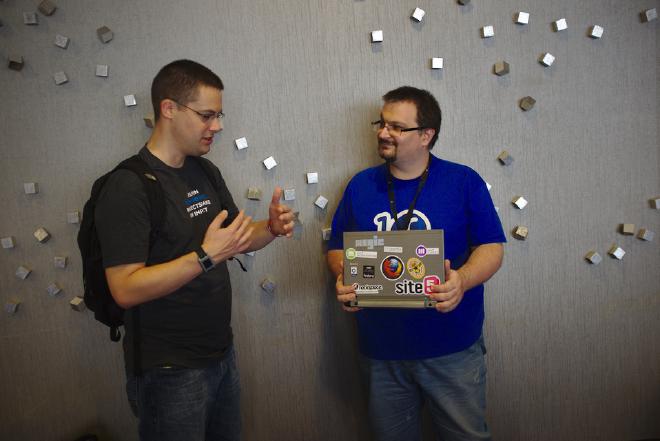
Gratitude #
I couldn’t even begin to name a list of Rackers who have helped me along the way. I wouldn’t be where I am now without the help of hundreds of Rackers. They’ve taught me how to build technology, how to navigate a business, and how to be a better human. They have made me who I am today and I’m eternally grateful. I’ve had an incredible amount of hugs this week at the office and I’ve tried my best not to get a face full of tears in the process.
I’d also like to thank all of the people who have allowed me to mentor them and teach them something along the way. One of the best ways to understand something is to teach it to someone else. I relish any opportunity to help someone avoid a mistake I made, or at least be able to throw something soft under them to catch their fall. These people put up with my thick Texas accent, my erratic whiteboard diagrams, and worse of all, my dad jokes.
Another big “thank you” goes out to all of the members of the open source communities who have mentored me and dealt with my patches.
The first big community I joined was the Fedora Linux community. I’ve been fortunate to serve on the board and participate in different working groups. Everyone has been helpful and accommodating, even when I pushed broken package builds. I plan to keep working in the community as long as they will have me!
The OpenStack community has been like family. Everyone - from developers to foundation leaders - has truly been a treat to work with over several years. My work on Rackspace’s public and private clouds has pushed me into various projects within the OpenStack ecosystem and I’ve found everyone to be responsive. OpenStack events are truly inspiring and it is incredible to see so many people from so many places who dedicate themselves to the software and the people that make cloud infrastructure work.
The next adventure #
I plan to talk more on this later, but I will be working from home on some projects that are entirely different from what I’m working on now. That adventure starts on March 19th after a week of “funemployment.” I’m incredibly excited about the new opportunity and I’ll share more details when I can.
Top photo credit: Wikipedia